The Article
VPI PLAYER TURNTABLE: THE COMPLETE PACKAGE?
23rd November 2017
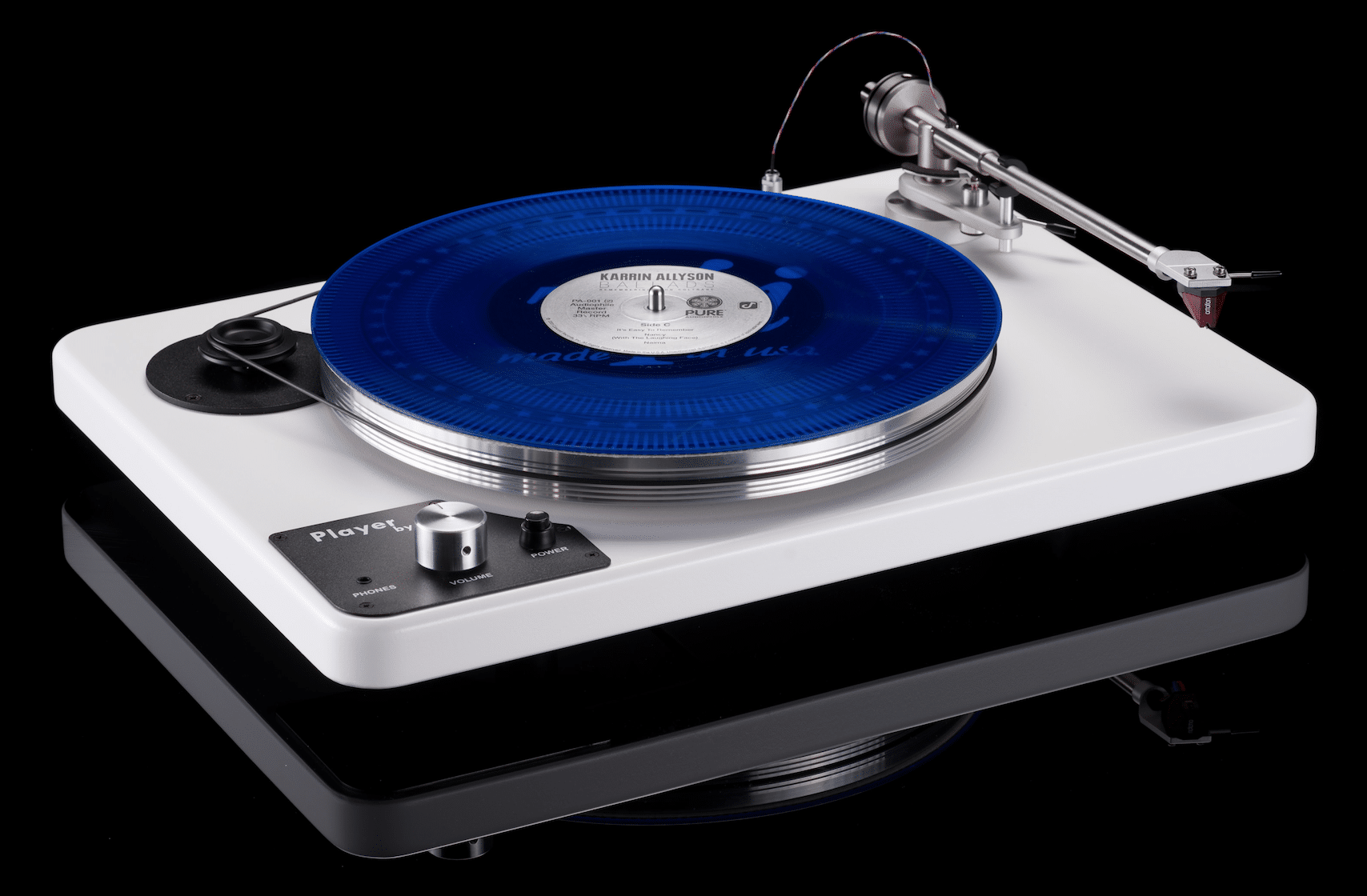
The company’s value for money, all-in-one turntable system. For those looking for that bit more. Paul Rigby reviews the VPI Player
Remember the VPI Nomad? You can read the review of that design HERE which features an interview with VPI Industries President, Mat Weisfeld. The Nomad was aimed at the £1,000 price point – or thereabouts. It was an all-in-one design. That is, it included a ‘free’ tonearm and Ortofon 2M Red cartridge and featured a built-in phono amplifier plus a headphone amplifier while a power cable connected directly to the rear of the plinth.
I remember chatting with Weisfeld and noting, at least in my mind, that the Nomad never really came up to VPI’s high expectations. I wondered if Weisfeld felt that the Nomad could have been…more. A tweak here, an improvement there, a shine here and a polish there.
During my tests, I didn’t feel that the turntable reached the sonic heights. It was a decent turntable but not an amazing one.
I wasn’t surprised to see that the company quietly relegated the Nomad to history. After a pause, it then released two new and improved Nomads: not that VPI would use that moniker but, in effect, that has what it has done. It’s called them the Cliffwood and the Player with improved plinth, main bearing, arm, platter, motor, power supply and more that you can read about below. The Player offers the phono amplifier and headphone amp, the Cliffwood does not. You’ll also notice that the Player’s straight tonearm tube is slightly different. The Player’s arm tube is made from stainless steel while the Cliffwood uses an aluminium variant. The Player also sticks with the 2M Red cartridge while the Cliffwood uses a Grado Green.
Incidentally, the headphone amp was designed by VPI to be a, “… flexible board that works with the majority of headphones out there. It isn’t on the level of something by a company like Moon,” said Weisfeld , “but it gives the customer a starting point to work with.”
The phono amplifier is the result of further development, “…being specially made to balance the motor to make it quieter than more plinth-mounted motors,” said Weisfeld. “Our director of electrical engineering, Mike Bettinger, had a hand in that. Our chassis are a vinyl wrapped MDF and have the additional weight of the steel housing of the electronics. The combined weight and materials helps cancel out noise to the point where you could have the Player on the same table as desktop speakers without a problem.”
The only fly in the ointment – well for some of you – is that the Player is a turntable with a phono amplifier built in. It’s supposed to stay there, really. You’re not really supposed to change that configuration, to be honest (well, you can but we’ll get to that). That’s the point of the Player, to be run with the phono amp.
To press the point, the Player does NOT allow you to quickly and easily change from internal to external phono amplifier, like the cheap Chinese turntables do. There is NO switch on the rear to allow you to change that configuration. Also, because the internally fitted phono amplifier is not mounted on a plug-in module, for example, you can’t quickly slide the phono amplifier in and out to affect the change yourself, PC style.
What happens if you want to buy the Player turntable for its built-in phono amp (as well as the built-in headphone amplifier) now but then want to switch to an external phono amp at your leisure, when funds allow and you don’t want to spend more big bucks on another turntable? Because the phono amp is not really supposed to be disabled, VPI says that you need to send the turntable back to your dealer to make that adjustment. It’s a free service, although you will pay for postage or petrol, of course. Forward planning is recommended, therefore.
Some people will gripe at all of this. There are plus points though. Firstly, the concept of an all-in-one turntable is attractive to many people who are scared stiff of hi-fi. Experienced and rather smug hi-fi users forget that there’s users like this out there. The Player has not been designed for experienced audiophiles, electronic engineers or hi-fi tweakers. It’s a lifestyle product.
I remember attending a hi-fi show in Bristol, England and watching a girl of around 17 years of age or so – attending the show with her grandfather – nervously walking up to the demonstrator of the then new Technics SL-1200G in the Technics room. This room was packed with technology journalists, veteran DJs, Japanese hi-fi fans and more. This young girl then quietly asked the demonstrator, “How do you play a record?” She didn’t ask him what sort of bearings the arm used, she didn’t want a break down on the materials used to form the platter. She didn’t even want to know if there was a ready-made SME IV arm fitting for a future upgrade. All she wanted to know was: “How do I play a record?”
For that young girl, the VPI Player is perfect.
The Player prevents a beginner or a nervous hi-fi user having to mess about with installation instructions and methods which worry the hell out of them. This is a true plug-and-go machine.
Secondly, there is a school of thought that too much choice is bad. So VPI says to you, “Here, this turntable does this and this and this. You can’t change any of it very easily so stop worrying about it. Stop fiddling and tweaking and just get on with listening to music.”
It’s a sort of Apple-like philosophy, I suppose. At least in practical terms.
There’s also the fact that most people of this type will not be doing what I’ll be doing further down this review and worrying a lot about upper midrange this and lower frequency that. As I say, they’ll just be listening to music. And enjoying themselves.
That’s the essence of the message from VPI on this one. Want a ‘proper’ hi-fi turntable of comparative price? Buy a Cliffwood. Find the concept of hi-fi rather daunting and just want to play records? Grab a Player.
IN USE (FOR THE STUBBORN AMONGST US)
Now, even after I’ve said all of that. What happens if you buy a Player with a phono amplifier built in. Then you want to change the configuration to enable it to utilise an external phono amplifier but…and this is a crux, you really don’t want to send it to any cotton pickin’ dealer? You feel confident enough to sort it yourself. That’s exactly why I trotted off to VPI and put that point directly to them.
As Weisfeld commented, the phono amplifier, “… is defeatable but it is an internal switch, we did this because having the button on the outside added an additional connection and didn’t sound as good as having it directly on the board. It is a switch that the user could do at home but we recommend having their dealer do it for them.”
That is also why – terribly nice people that they are – VPI has provided me with a set of instructions to enable you, brave reader, to get stuck in and get your hands dirty.
But listen and listen good. VPI is on record as saying, “I must stress that we do not want end users performing this task as high voltage components are exposed once the base of the table is removed.”
You hear that? So, if you touch something in this turntable that you shouldn’t and kill yourself stone dead – don’t come complaining to VPI or myself for that matter (in whatever spectral form you might be in at the time). Got that? This is a lifestyle turntable – it’s NOT to be messed with. The following is for people who just WON’T BE TOLD. You know who you are. Don’t start looking sheepish.
Even more, VPI has even run up a video. This video is just a quicky, done with a couple of moments to spare from the guy’s busy day. It’s not an official, Hollywood-esque affair so don’t quibble about clarity or quality. Be happy it exists at all for those who want it. It’s silent because there’s a rather nice Beatles track playing in the background and, well, broadcast copyright and all that. So, if you want to do a bit of DIY, here’s what you do:
1: Having removed the bottom plate from the Player the ‘dealer or technician’ (cough) will see the the main PCB with the phono stage.
2: On the side of the PCB closest to the tonearm the cables come in from the cartridge (marked on PCB). There are two jumpers that need moved to the second position as shown.
3: The two jumpers for the audio link at the rear of the PCB (in the section marked audio in) must be removed.
4: The signal from the cartridge will now pass un-amplified to the phono output sockets at the back of the Player
Remember – you didn’t hear this from me or VPI, ok? We weren’t here at the time.
SOUND QUALITY
10cc’s title track from the LP, How Dare You! is a perfect instrumental to use for audiophile reviewers. Basically because the boys have raided a music instruments shop to play the thing! There’s the usual lead and rhythm guitars plus drums and bass but there’s also a steel guitar, congas, bongos, Moog, clavinet, cow bell, maracas, rizo-rizo and sleigh bells! There’s a lot going on but also a lot to hear.
For a built-in phono amp-driven machine, there is a wonderful sense of transparency from the VPI. One that gives you a tremendously clean and open soundstage. Because of this, the instruments on view – and don’t forget, there are a hell of a lot of those – are easily discernible for a configuration such as this. Even the shyest and most subtle of sounds can be easily tracked by the Player. The sleigh bells are a case in point. Yes, an external phono amp would offer more insight and tonal accuracy but, even so, the Player makes this secondary percussion ‘visible’ to the ear. That is, once shook, you can hear the group of bells, as it where, ringing in harmony. Another winner from this effect are the two minor vocal samples that enter the early stages of the track. Both are easily discernible and coherent. I’ve heard too many turntables that muddy the midrange making this sequence complete unintelligible. VPI has this area sorted.
The internal phono module produces a slight thinning nature to the mids that comes across as rather cool but giving the lead guitar a sense of focus. You don’t get that firm and lustrous electric guitar body feel but precision is high on the list of positives from this area. Another side effect is the enhanced nature of the bass, it provides an added focus to give the bass a tight punch effect during play.
I then played Betty Carter’s Most Gentlemen Don’t Like Love on the LP, Now It’s My Turn. That sense of clarity worked well on this jazz track. The percussion was light on its feet. The intricate and complex cymbal tapping was tracked well by the Player. Although not as full as it might have been with an external phono amplifier, treble was both accurate, detailed and fragile here.
I was happy to hear how piano was handled here. The Player offered a sense of precision that was pleasant to the ear. Midrange smearing on some sources can produce a messy suite of chaotic frequencies that offer no cohesion and never hang together. The Player not only controlled this instrument but allowed the more subtle elements of the output to be heard, adding a sense of freedom across the soundstage.
Finally, the motion of Carter’s vocal delivery was followed well by the Player. Her delivery could almost be a jazz instrument in itself and some sources can easily get lost in and around Carter’s high energy performance. The Player performed well here, being as fleet of foot as the lady herself.
Playing the same track through my reference headphones via the built-in headphone amp was another pleasant experience. Yes there may have been a slight lack of space and dynamic reach and the tone may have been a little warm but there was a quiet confidence across the soundstage, with bass being firm and meaty, the vocals providing a nuanced texture that enhanced the emotional performance and enough detail from the percussion to provide an admirable overall performance.
CONCLUSION
This is not a cheap design – you’re not looking at a ‘fun’ £200 Chinese deck here. What you see is a top quality all-in-one turntable. It tries to move away from the thought that all-in-one turntables, by their very nature, have to be full of bendy plastic and wobbly controls. The Player offers a sense of refinement in terms of its manufacture.
Despite the price, the Player still presents itself as a value-for-money package that should, when the price is considered, be seen as an amalgam of collected components. And that’s how I’m rating this turntable. Not purely for its sonic worth (that would be easily improved with an external phono amplifier) but how it performs as a lifestyle product in its entirety. Just have a long think before you buy and consider how you will be using a turntable in a year from now: do you want the phono amp in or out?
In sonic terms, the Player sounds excellent in its current configuration. With a focus and a precision across the frequency range that allows detail to run freely while tackling all of the sonic basics very well indeed. Anyone buying the Player ‘as is’ will have no complaints.
VPI PLAYER TURNTABLE
Price: £1,500
Tel: 0131 555 3922
Website: www.renaissanceaudio.co.uk
GOOD: value for money, solid build, midrange insight, bass punch, feature count
BAD: nothing in this configuration
RATING: 8
REFERENCE
Michell TecnoDec
Ortofon 2M Red MM cartridge
Trichord Dino phono amplifier
Rega Brio-R integrated amplifier
Spendor S3/5R2 speakers
Blue Horizon Professional Rack System
Harmonic Resolution Systems Noise Reduction Components
All vinyl was cleaned using an Audio Desk’s Ultrasonic Pro Vinyl Cleaner

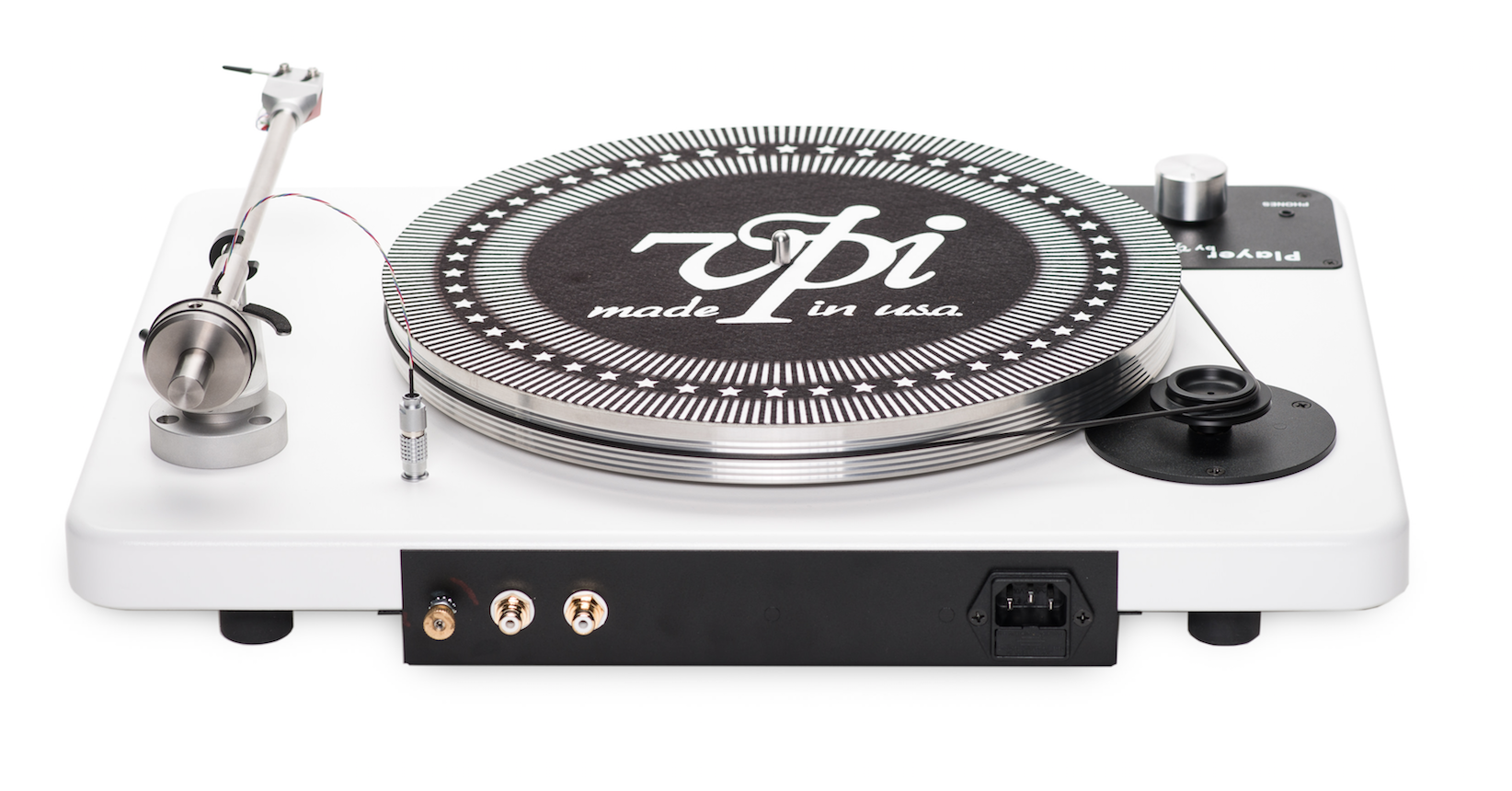
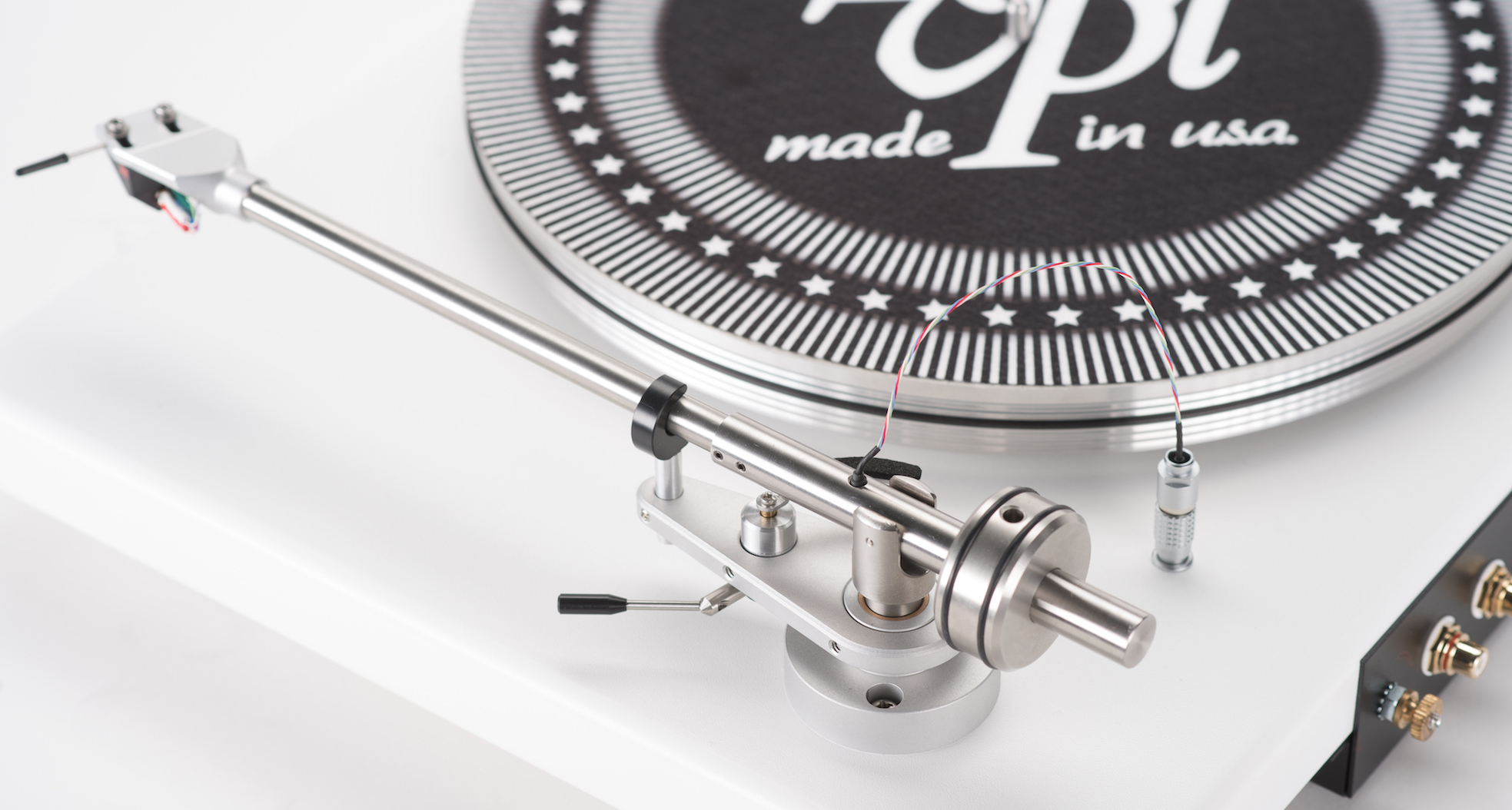
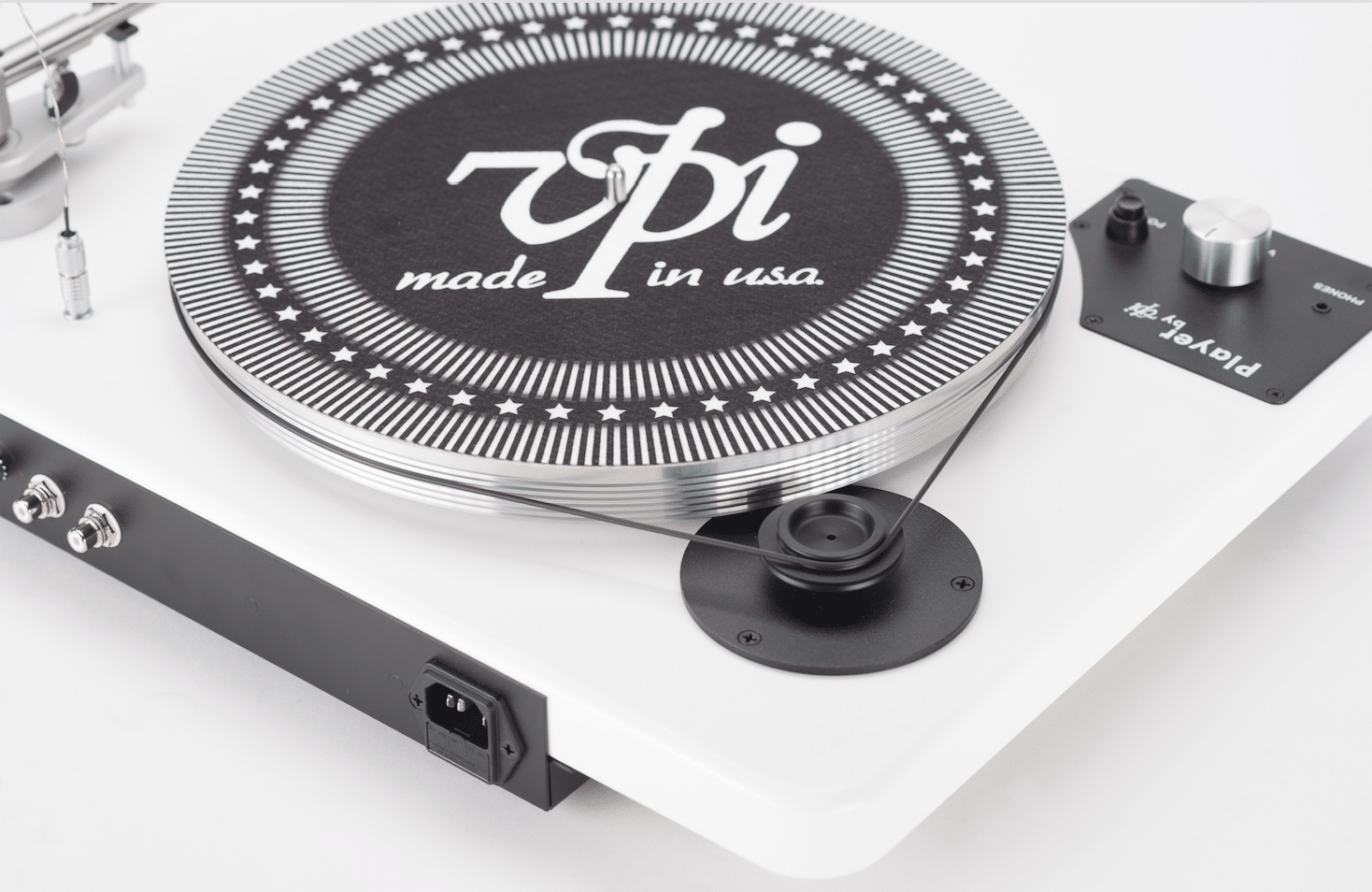
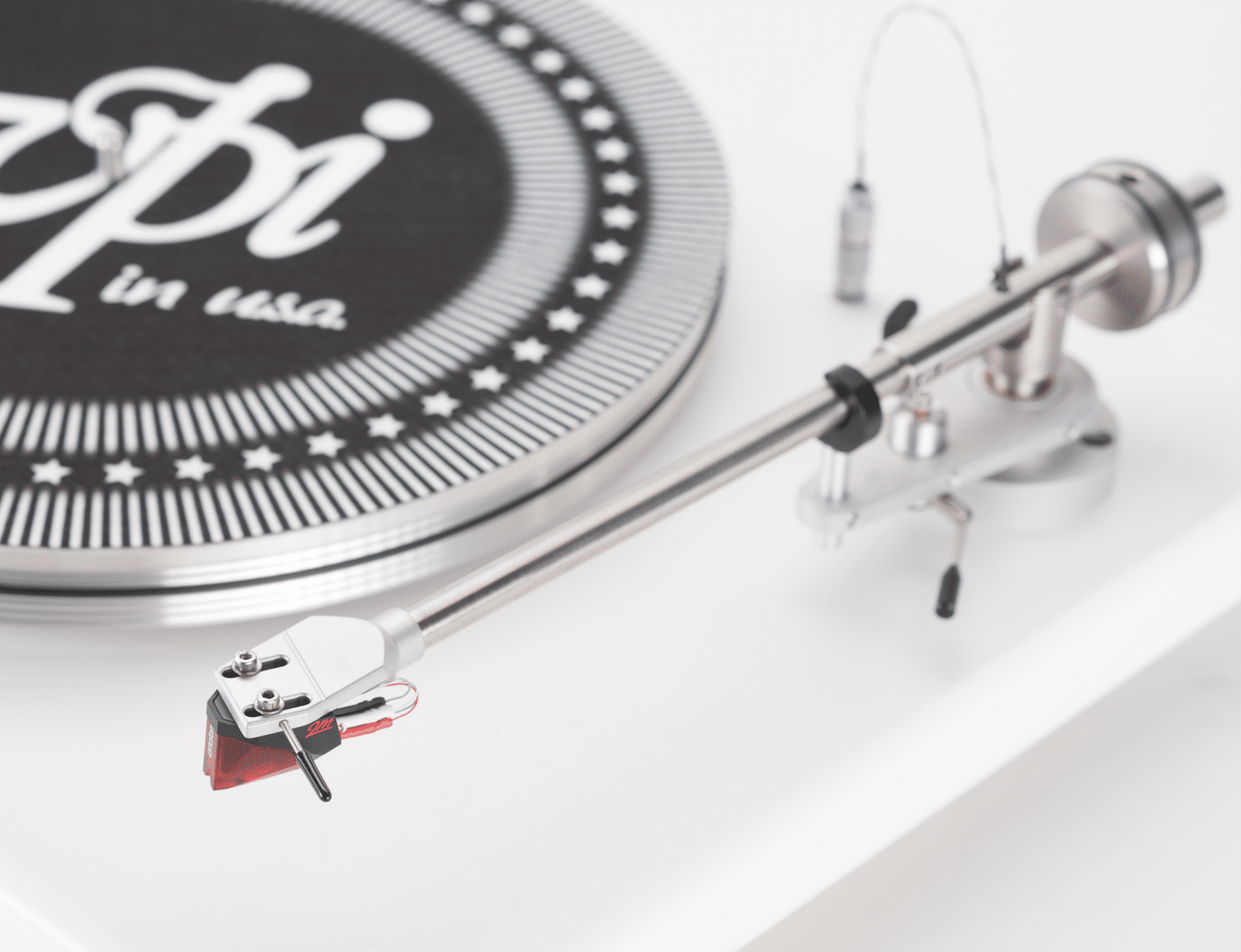
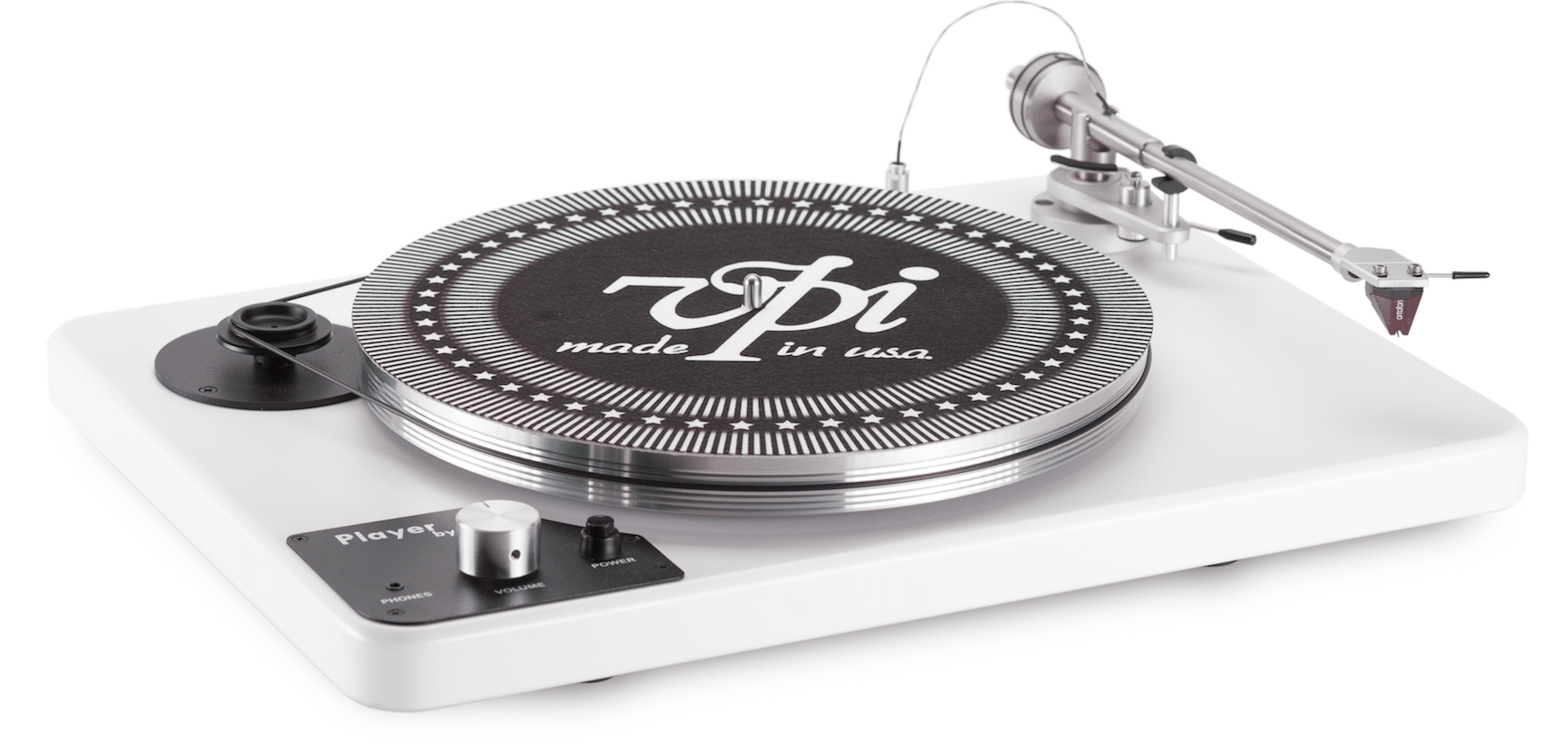



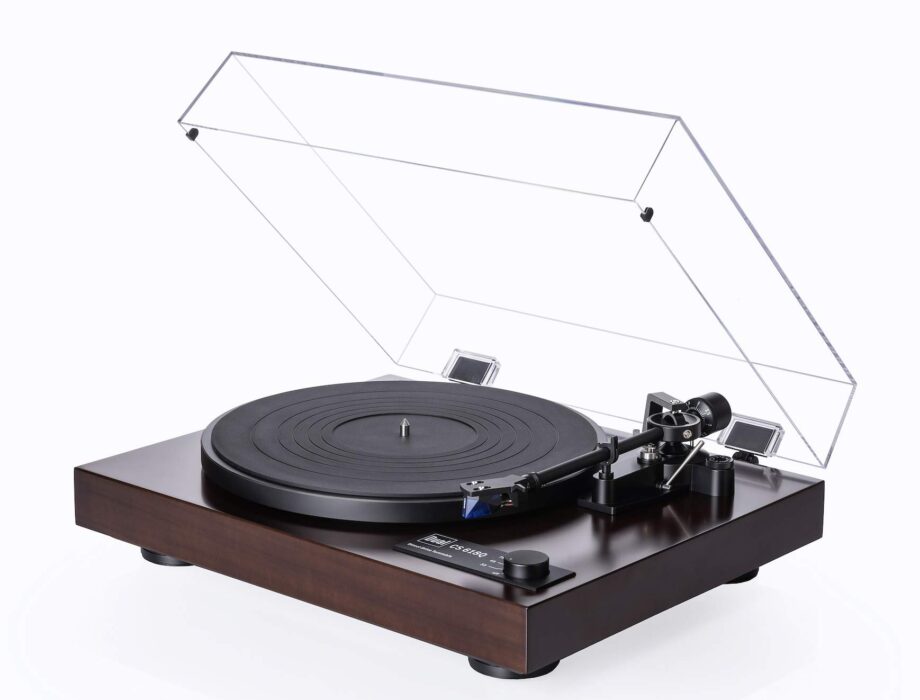
No audio available on YouTube video regarding VPI turntable. I’m not sure if there were supposed to be audio or not but I was unable to get any. I really enjoy your newsletter and thank you for taking the time and effort to publish it.
David A Willingham
President, Squatting Caveman Photography
Salisbury, NC
Hi David – yes, it’s supposed to be silent. This, from the review text: “It’s silent because there’s a rather nice Beatles track playing in the background and, well, broadcast copyright and all that.”
Thanks for your kind words. Appreciate it 🙂
Paul, for sound quality and not convenience, do you prefer the Player or the new Planar 3? Thank you and Merry Christmas.
And a Merry Christmas to you too Joel 🙂
The Player is a much cheaper turntable and is really not in competition with the Rega. They are poles apart and address two different types of customer with vastly different budgets. The Rega is better but, for the money, it should be.
In America, the Player is $355 more ($1500 vs. $1145 with Elys 2). That the Rega is better seals the deal, doesn’t it?
Hi Joel – you’ve lost me a bit here. I priced the turntable, in my review at ¬£1,500. I know, in the USA, the deck is sold from around $1,500 normally (give or take a few dollars). I have seen someone selling for less but still with the Ortofon: https://www.audioadvice.com/vpi-player-turntable.html at around ¬£1,200. I’m not sure what you mean re the $1,145/Elsy2 option. Does this refer to a retailer you’ve found selling one with a Rega cart?
Sorry for the late reply. The Rega with Elys2 is $1145 in the States. The VPI Player is $1500. You said the Rega Planar sounded better. So it’s cheaper and sounds better. Sounds like a better turntable if sound quality rather than convenience is your priority.
Hi Joel – yes, the lifestyle market is aimed at a different target customer to the audiophile user. Both tend to have different priorities.
Paul, did you ever get to listen to the Cliffwood? I wonder how it compares to the P3.
Unfortunately, no but I would like to guess that it sounds better in pure sonic terms.
Which do you guess would sound better: the Cliffwood or the P3?
Considering the price differences in the USA, go for a Cliffwood Joel.
Hi!
Great review of the VPI player!
As the video for disengaging the internal amp is no longer available, I am wondering if you could be more specific on the point 2. What is the second position? Move them to the left (next to the RCA outputs or to the Right (front of the table)
“There are two jumpers that need moved to the second position as shown.”
Thanks!
Thanks Sergio – I’ll see if I can find it for you. You can ask a dealer to sort this out for you, though. So all is not lost. But let me ask around for you first.
The video can be found here:
https://vimeo.com/327196108